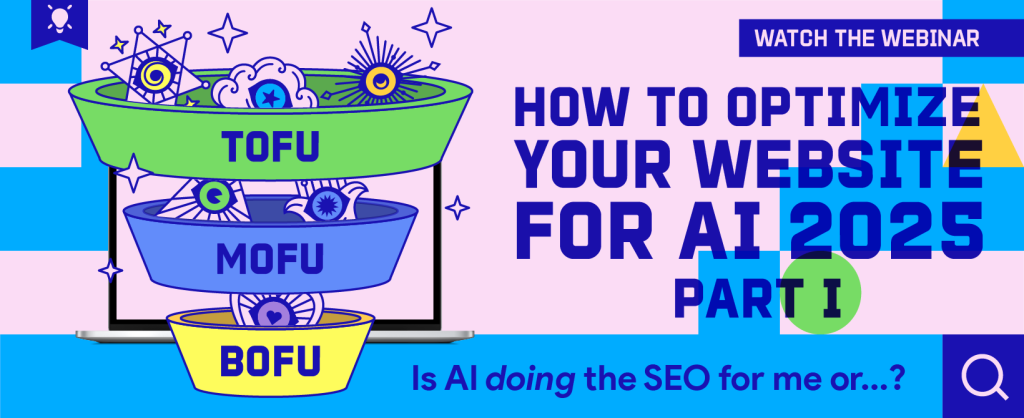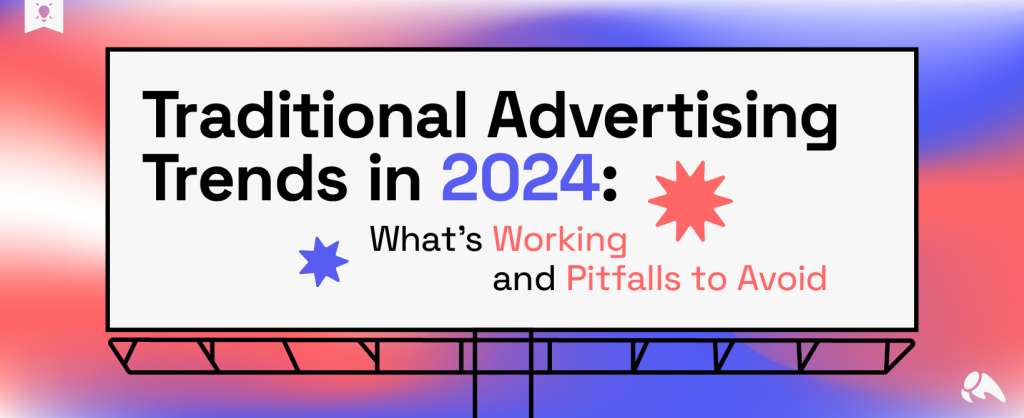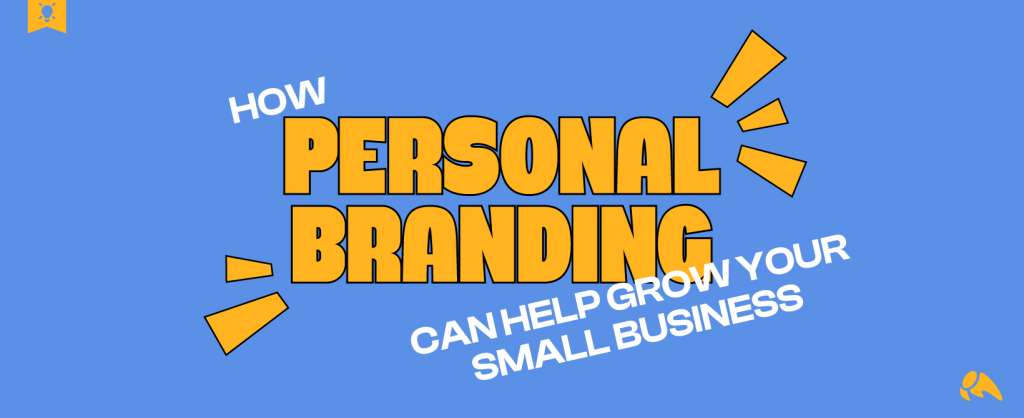“It is always a risk to speak to the press. They are likely to report what you say.”
– Hubert H. Humphrey
Public relations executives can schedule an interview between a client and a high-profile reporter that might lead to a great story in print or online, but only if the client shares a great story during that interview. Otherwise? The coverage suffers, or never posts at all.
What it really comes down to when scoring coverage is the spokesperson, and it’s our job as PR professionals to make sure whomever the spokesperson for your company is feels confident, comfortable and prepared to speak to the press. They need to be able to tell a story in a way that demands to be heard.
Otherwise, all else is wasted effort.
I once worked with a client who had a really cool story about how the company came to be but he didn’t like publicly talking about it. I scored him an in-person interview with a top-notch reporter at one of my favorite (and top-tier) outlets. During the interview, my client ended up telling the reporter the entire founding story “off the record” and specifically mentioned he didn’t share this story with people publicly Well, guess what? The reporter used it as the lead-in for his story on the company, which landed in print as well as online.
Media training is a big part of our job in the public relations department. Below is some advice to make sure your spokesperson sells the story.
Understand the media.
It’s important to understand what you’re up against. I get that you think what you’re doing is the coolest, most innovative thing since sliced bread but to others, especially reporters, that might not be the case. You need to understand that big news is what will get the spotlight, so you need to make sure you are providing the reporter with a timely and interesting story. These journalists report to editors, who dictate what will be written. Journalists aren’t looking to do companies with no news any favors.
Present well.
Reporters are journalists by trade, not scientists, not entrepreneurs, not business people. You need to realize this right off the bat and be prepared to speak to them in layman’s terms. If they don’t understand your industry and you can’t explain it to them in the 20 minutes they allotted for the conversation, I can guarantee there will be no story.
It is critically important that spokespeople have the ability to describe the company in two to three sentences without using industry jargon. Use consumer-friendly terms that are easy to understand. Words are the tools we use to shape perception. Choose the right tool for the job and this will help you in providing those sound bites the reporter is looking for.
Don’t go rogue.
It’s really easy for anyone in any interview, or even a casual conversation, to get nervous and ramble. Don’t! I can’t stress enough how important it is to stay on target when delivering your message. Be as succinct as possible and elaborate when asked. When a reporter asks a question, answer it and stop talking. Don’t be afraid of silence and don’t ignore or evade a question. It’s okay to not know the answer.
Paint a clear picture.
Explain your company’s place in your industry to a reporter. By providing case studies or proof points you are proving your validity in the marketplace. It’s always important to come to the conversation loaded with relevant facts and figures the reporter can use to back their story up. Don’t expect that giving them generic information they could already find online is going to get you featured in a news article or editorial.
Use common sense
You’d be surprised at what I have heard on some briefings. I know this may sound like common sense but when speaking with a reporter make sure you stay positive. Don’t repeat offensive language, curtly say “no comment,” talk about things that are proprietary and most importantly never say that something is “off the record.”
There is a lot of effort that goes into scoring media coverage and it’s not just the PR person’s job. We spend countless hours emailing back and forth with reporters, scheduling interviews, providing story angles, details and pictures and making sure our spokesperson is ready to close the deal. As long as you are prepared, calm and ready to share your passion with the person on the other end of the line, you’ll be sure to come out on top when it comes to seeing the finished product.







